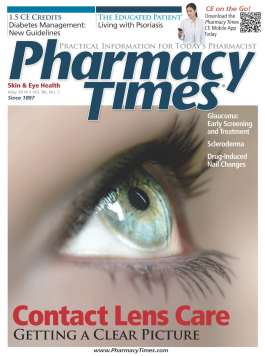Increased BMI May Equal Increased Costs for Chest Pain
Overweight and obese patients presenting to the emergency department with chest pain and dyspnea had longer hospital stays and higher costs of care, according to the results of a recent study.
Overweight and obese patients presenting to the emergency department with chest pain and dyspnea had longer hospital stays and higher costs of care, according to the results of a recent study.
The prospective study, published online on March 4, 2014, in Circulation: Cardiovascular Quality and Outcomes, evaluated the relationship between body mass index (BMI), cost of care, length of stay, and radiation exposure in adults who made visits to the emergency department (ED) for chest pain and dyspnea. Patients were analyzed according to 5 BMI categories: underweight, normal weight, overweight, obese, and morbidly obese.
Medical costs were 22% higher for overweight patients, 28% higher for obese patients, and 41% higher for morbidly obese patients compared with normal-weight patients. Obese patients also had significantly longer hospital stays: morbidly obese patients without computerized tomographic (CT) scanning stayed in the hospital 34% longer, and morbidly obese patients who did have a scan stayed in the hospital 44% longer, compared with normal-weight patients who did not have scans. The results also found that 87% of morbidly obese patients who received a CT scan did not have a significant cardiopulmonary diagnosis.
“These results emphasize a need for specific protocols to manage morbidly obese patients presenting to the ED with chest pain and dyspnea,” the authors of the study conclude.

